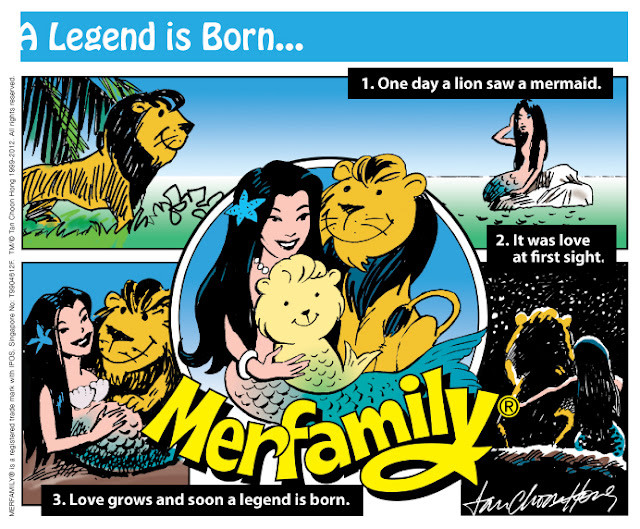One upon a time in the misty past when the impossible was possible, a lion met a mermaid and events took their course. This chance encounter of a beast with a half human of the female species was to set in motion incredible events that led to the birth of a hybrid creature which in turn inspired today's symbol of the Lion City's tourism industry. Check out the Merfamily® Collectibles and other attractive Singapore mementos at zazzle.com/virtuocity here Fall in love with T-shirts, mugs, mouse pads, covers for iPad, iPhone, MacBook Air, posters, post cards, and more, that you can customise online to make great gifts for family and friends. Merfamily® is a registered trademark under IPOS Singapore No: T9904612F. © Tan Choon Hong 1999-2020. All rights reserved.





